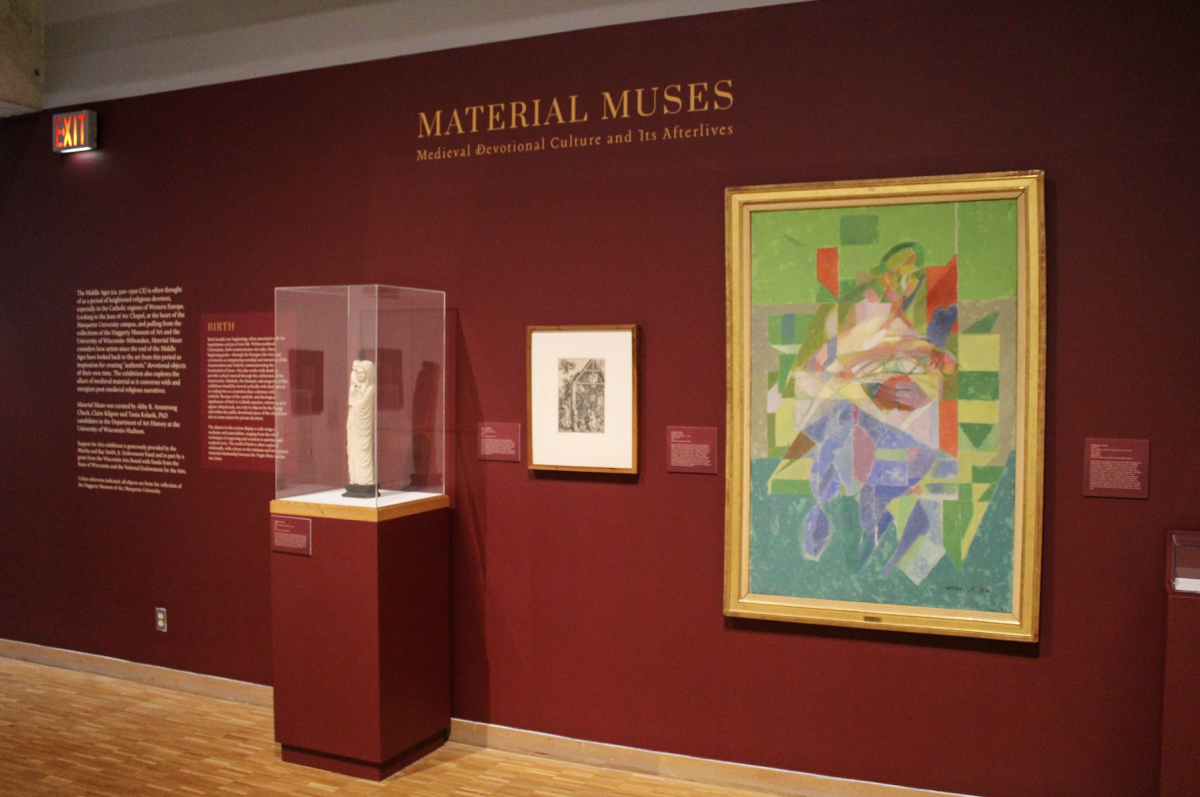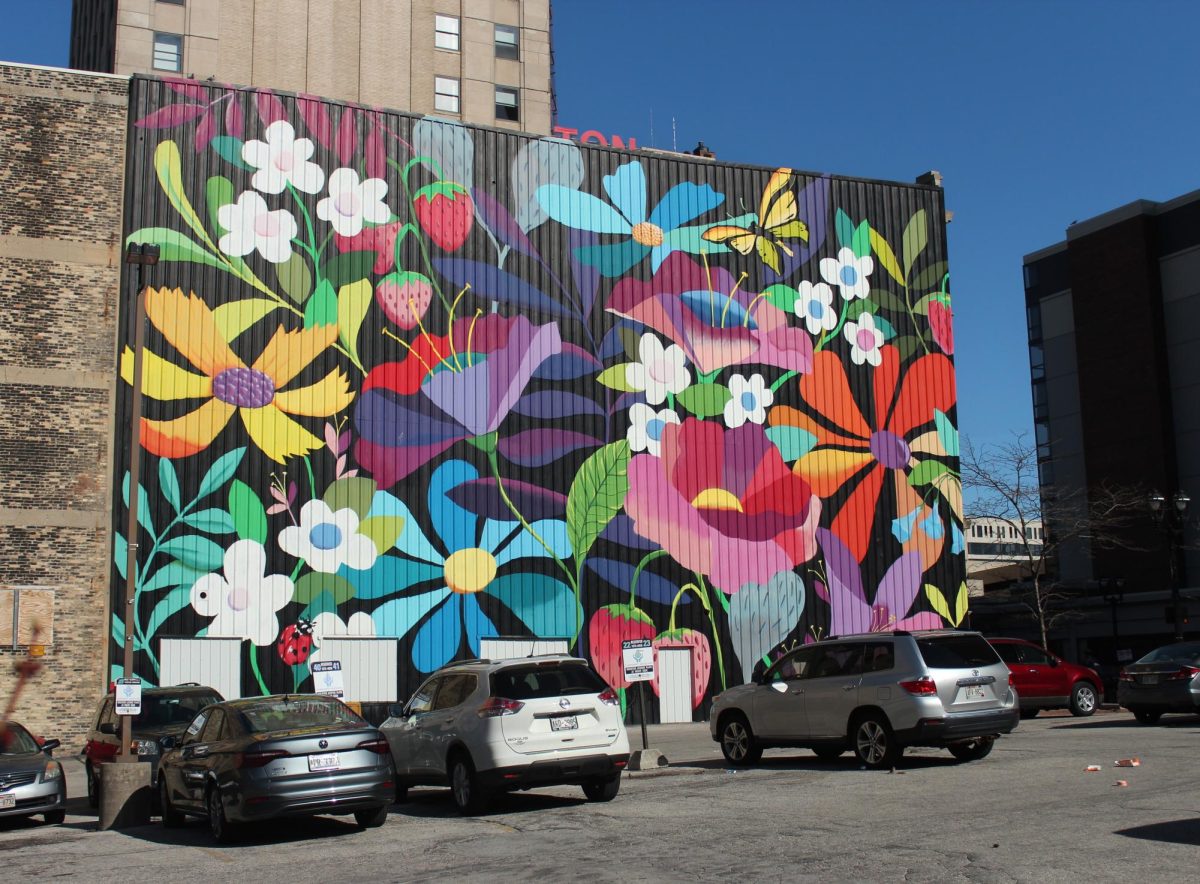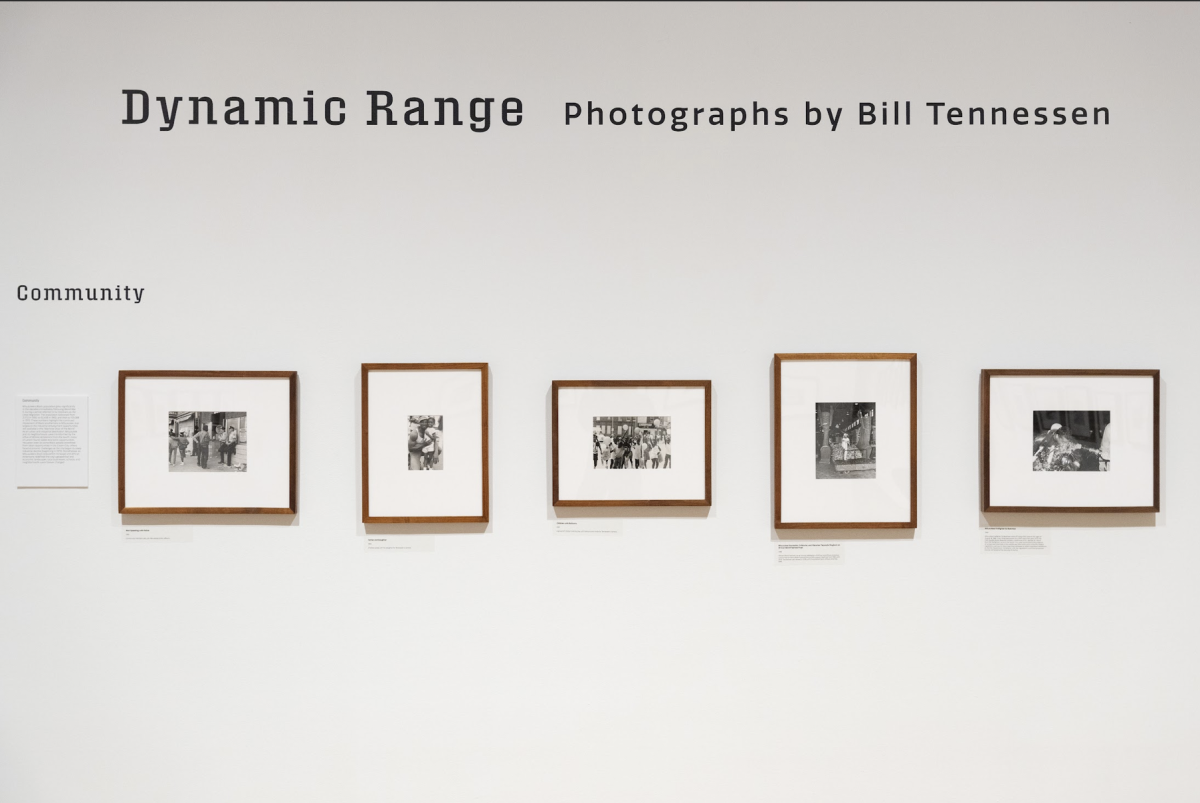Over the past several weeks, dozens of artists have descended upon the Oceanwide Plaza in Los Angeles. Shrouded in night, they’ve tagged almost every floor of the 40-story skyrises with bright, beautiful graffiti.
The shining neon spray paint covers glass windows, a billboard for the artists’ names and slogans. The plaza has become an art gallery, glittering in the California sun and towering over the skyline.
But it has still become a target for insults. People have called it “an eyesore” and say the art doesn’t represent Los Angeles well.
Graffiti has historically been used by marginalized communities as a method for protest and activism. It sparks conversation about what was written, what building was tagged and all possible messages the artist could be communicating.
Unfortunately, society continuously ignores graffiti as an art form. Through street art, murals and tags, these artists are showing us problems in the best way they know how. It’s time we open our eyes and learn.
Art is defined as a painting, drawing or sculpture meant to express a thought. The “thought” or message of an art piece is one of its key defining characteristics, one of the things that truly makes it art.
Graffiti is all about the messaging and feelings conveyed through the piece. For example, the Oceanwide Plaza graffiti comments on wastefulness. The buildings have stood abandoned for five years and no efforts have been made to finish them.
The graffiti has pushed people to ask questions like “Why were the buildings just left to stand? Is anyone going to do anything with them?” An anonymous artist interviewed by the LA Times even touches on how Oceanwide was a great canvas because it speaks to rampant homelessness and corruption throughout the city.
Over and over, graffiti has been used to call out the corrupt systems in both the United States and dozens of other countries around the world. Since George Floyd’s death in 2020, nearly 3,000 murals honoring him have popped up on buildings around the world.
These murals have brought the conversation of systemic racism and police brutality to countries around the world. Art pieces have shown up in countries like Germany, Kenya and Syria, along with many more.
Aside from the social justice importance of graffiti, it also just brings beauty. The art brightens up neighborhoods and infrastructure in need of care and showcases the talent of local artists. It’s a great method of expression without harm to others.
Authorities love to say that graffiti is destruction of property, but let’s think about this. Graffiti rarely involves breaking down or damaging the artist’s canvas, they solely use it as an opportunity to display their art. It gives character to the neighborhood and spreads an air of individuality and uniqueness throughout the area. There is no physical damage to the buildings, only beautification.
Art is subjective, but there is no denying that graffiti is art.
Art is an expression of the truest self, and telling someone that their art is “wrong” is a devastating insult. We need to respect graffiti as art because of its deep connection to the creator.
Graffiti isn’t just vandalism or destruction of property. It’s a demonstration meant to hold the powerful accountable for systemic problems in our country. This art has as much, if not more, of a message than those paintings in the gallery.
This story was written by Izzy Fonfara Drewel. She can be reached at [email protected].








